What do I wear for trail running?
Trail running takes runners through a variety of terrain, from steep mountain routes to scenic forest paths. But before you head out on your first trail, choosing the right clothing and equipment is important so that the fun doesn't fall by the wayside and you're always safe on the trail. Here are some important aspects that trail running beginners should consider when choosing their trail running outfit and equipment.


Trail running shoes
Well-fitting running shoes designed specifically for trail running are essential. They should have a sturdy, grippy sole for traction on various surfaces while effectively absorbing impacts. Make sure the trail running shoes offer enough support to avoid injuries. You can find out more about trail running shoes in this blog post.
Functional clothing
Choose clothing made from breathable materials that wick away moisture and keep you dry even when you sweat. Lightweight, quick-drying running shirts and pants are ideal. Make sure clothing has flat seams to minimize friction.
Trail running jacket and warming layers
When trail running, you should be prepared for different weather conditions, especially in the mountains. In cold weather, warm layers such as a light jacket, hat and gloves. In rainy or unsettled weather, a lightweight rain jacket is a good addition to your equipment. It can be life-saving in an emergency in the mountains and is not without reason mandatory equipment for trail running competitions. Depending on your needs and the weather, multifunctional scarves are also a good addition.
Trail Running Backpack/Vest
It is important to stay hydrated, especially on longer trail runs. A lightweight trail pack or vest with an integrated hydration system or storage for soft flasks will keep you hydrated on longer runs. Trail packs range in volume from 5 to 12 liters and can hold basic gear such as soft bottles, a jacket, a change of shirts, and a first aid kit. They can also hold trail running poles. Learn more about trail running vests and packs in this blog post.

Trail running socks
Good running socks can prevent blisters by wicking away moisture and minimizing friction. Make sure the socks fit well. Compression socks can make runners feel better by helping venous blood flow and preventing heavy legs.
Safety equipment
Some trails may be remote. Be sure to bring emergency equipment such as a cell phone, whistle, headlamp, and first aid kit.
Sun protection
Don't forget to protect yourself from strong sunlight. You can get sunburned even on cloudy days, especially in the mountains. Wear sunscreen and a trail running hat. Running glasses protect your eyes from intense UV rays.
GPS watch and cell phone
To find your way on unfamiliar trails, it can be helpful to have a sports watch with GPS or a running app on your smartphone. You can track your route and call for help in an emergency. It is also a good idea to install emergency call apps such as SOS-EU-Alp, which automatically transmit GPS coordinates in case of an emergency. Smartwatches or sports watches can also help runners keep track of their heart rate and train healthier and more efficiently.
Poles for trail running
Trail poles can be a big help, especially on the mountain, by taking the weight off your legs. Many trail runners find them especially helpful when running downhill. Learn what to look for when buying trail poles and how to find the right pole length in this blog post.

Conclusion
With the right equipment and a little experience, you can enjoy trail running safely and with maximum enjoyment. Remember that your needs may change based on terrain, weather, and personal preferences, so be prepared to choose your gear accordingly. In general, it's a good idea to adapt to different temperatures using the onion principle - it's best to work with several thin layers. Above all, have fun and enjoy the outdoors while trail running!
- new
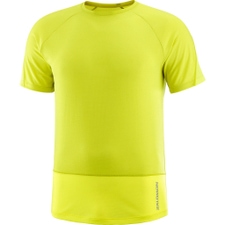 SalomonCross Run T-Shirt Citronelle/sulphur Spring Men44,95 €Available Sizes:SMLXL
SalomonCross Run T-Shirt Citronelle/sulphur Spring Men44,95 €Available Sizes:SMLXL - new
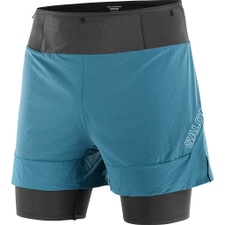 SalomonSense 2-in-1 Shorts Deep Dive Men79,95 €Available Sizes:MLXL
SalomonSense 2-in-1 Shorts Deep Dive Men79,95 €Available Sizes:MLXL - - 12 %new
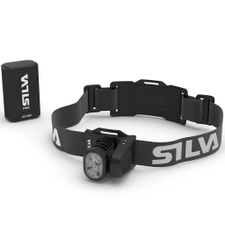 SilvaFree 2000 S HeadlampMSRP 249,95 €219,95 €One size
SilvaFree 2000 S HeadlampMSRP 249,95 €219,95 €One size - - 15 %new
 SalomonSense Ride 5 Running Shoes Alfalfa / Carbon / Peacock Blue MenMSRP 129,95 €110,45 €Available Sizes:EU | UK | US | CM8,08,59,09,510,0
SalomonSense Ride 5 Running Shoes Alfalfa / Carbon / Peacock Blue MenMSRP 129,95 €110,45 €Available Sizes:EU | UK | US | CM8,08,59,09,510,0 - new
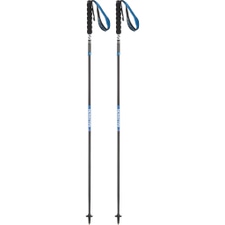 SalomonUltra Carbon Foldble Foldable Pole Blue159,95 €Available Sizes:110115120125130
SalomonUltra Carbon Foldble Foldable Pole Blue159,95 €Available Sizes:110115120125130 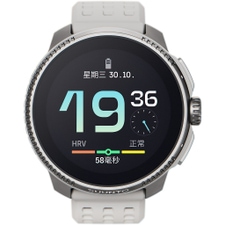 SuuntoRace Sports Watch Birch White448,95 €One size
SuuntoRace Sports Watch Birch White448,95 €One size- new
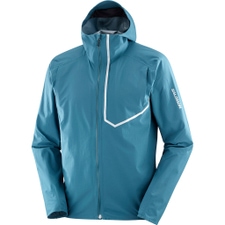 SalomonBonatti Trail Jacket Deep Dive Men229,95 €Available Sizes:MLXL
SalomonBonatti Trail Jacket Deep Dive Men229,95 €Available Sizes:MLXL - - 15 %new
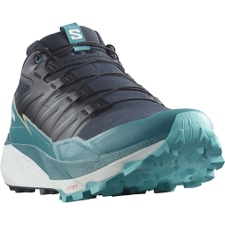 SalomonThundercross Running Shoes Carbon / Tahitian Tide / Peacock Blue MenMSRP 139,95 €118,95 €Available Sizes:EU | UK | US | CM8,08,59,09,510,0
SalomonThundercross Running Shoes Carbon / Tahitian Tide / Peacock Blue MenMSRP 139,95 €118,95 €Available Sizes:EU | UK | US | CM8,08,59,09,510,0
Trail running packing list
The basics
> Trail running shoes
> Trail running shorts/tights
> Functional shirt, change shirts if necessary
> Running socks
> Waterproof running jacket or windbreaker
> Cellular phone
As needed
> Trail running poles
> Trail running backpack
> Cap, glasses, gloves, hat, multifunctional scarf
> Water bottle or bladder
> Food: bars, gels or banana
> GPS watch
> Headlamp
> First aid kit



